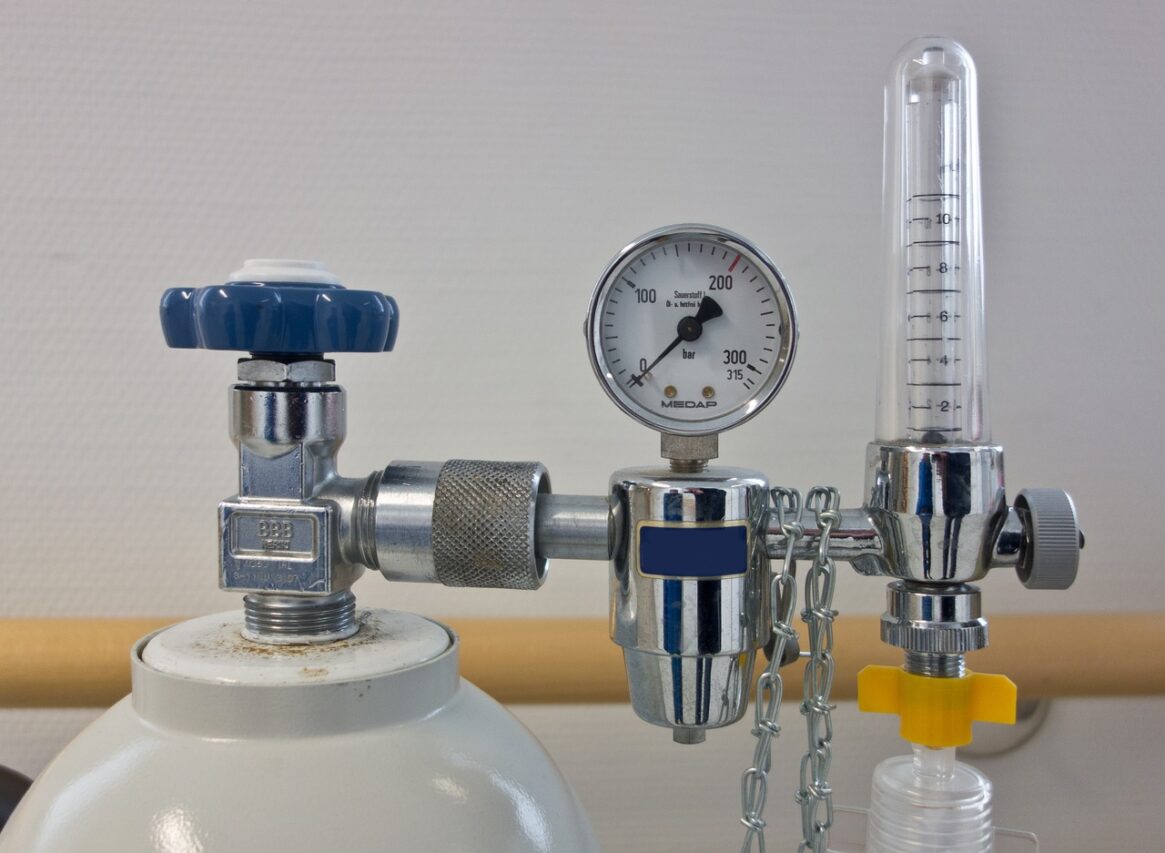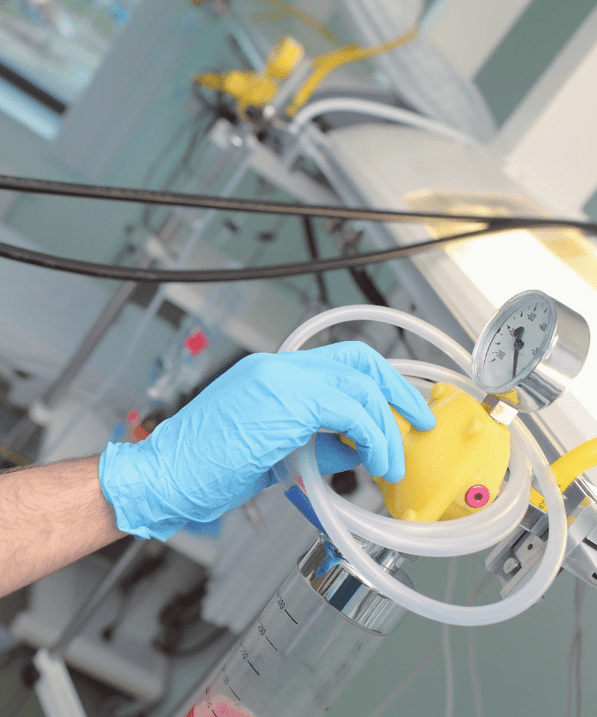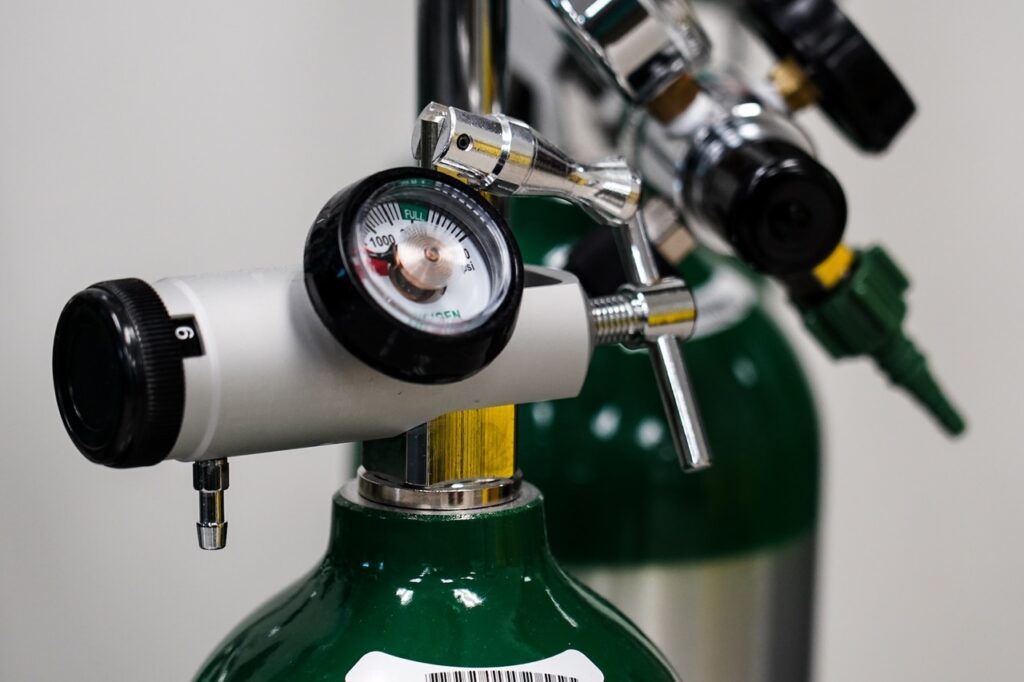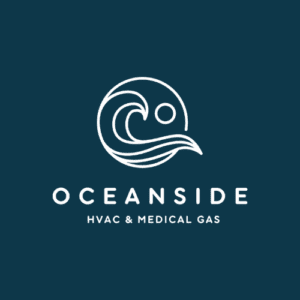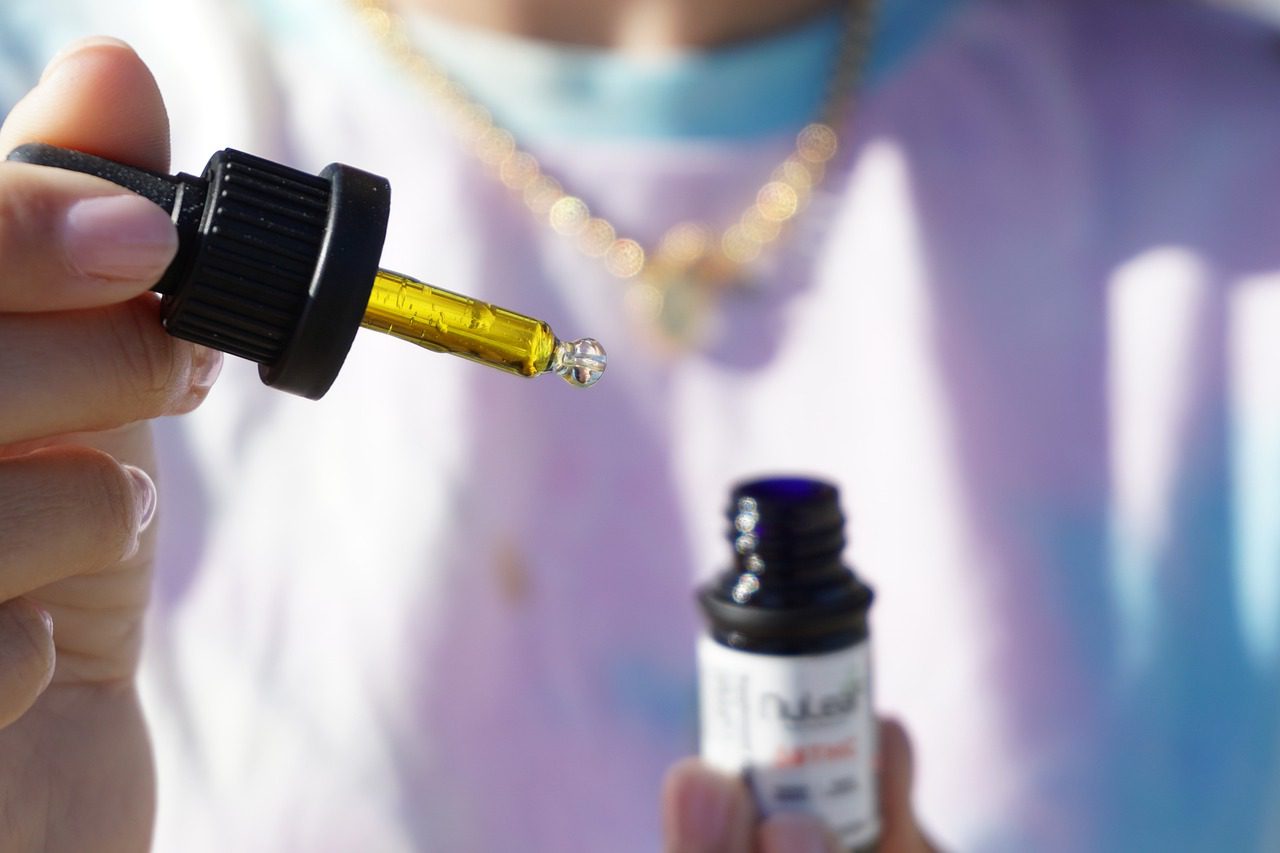Overview
Medical gas installation is the process of designing, installing, and testing a medical gas system in a healthcare facility in New Zealand. Medical gases like oxygen, nitrous oxide, and medical air are essential for patient care and used in various medical procedures. The installation process typically starts with a site survey to determine the system requirements, including the types and quantities of gases needed, the location of gas outlets, and the necessary pipeline and distribution systems.
The design of the system should be done by a certified professional engineer or medical gas installer following the New Zealand standards. The installation involves site preparation, installing the pipeline and distribution system, outlets, and testing and commissioning of the completed system. Certified and experienced medical and hospital gas installers must carry out the installation as per ASSE Series 6000 and ASME IX standards. Proper installation also requires a compliant manifold room with adequate ventilation. This article provides an overview of medical gas installation standards and procedures in New Zealand.
Design and Planning
The design and planning stage is critical in medical and hospital gas installation. It starts with a comprehensive site survey by the installer to ascertain the facility’s requirements. Key factors evaluated include:
- Type and quantity of medical gases needed – e.g. oxygen, nitrous oxide, medical air, vacuum etc.
- Number and location of gas outlets in each area like patient rooms, operating theaters, recovery areas etc.
- Pipeline and distribution system requirements.
- Emergency backup systems if any.
- Storage and manifold rooms.
- Ventilation needs.
- Future expansion provisions.
The installer then prepares detailed drawings indicating the layout, piping routes, location of outlets and other installation details. All design aspects must comply with the Health and Disability Services Standards and applicable codes like NZS 4142:2001, NZS 4241:1999 for medical air systems and AS 2896-2011 for oxygen systems. Seismic restraints also need to be incorporated as per NZS 4219:2009.
Installation
The installation phase involves setting up the gas piping infrastructure, outlets and accessories.
Site Preparation
The site is prepared by clearing all obstructions in the pipeline routes and locating any buried services. Pathways are created for installing the distribution pipelines.
Piping and Distribution System
Copper pipes are typically used for medical gas pipeline installation in New Zealand hospitals. Piping is laid as per the approved drawings. The distribution lines are installed from the manifold or storage locations to different areas in the facility.
Valves and accessories are fitted at appropriate locations to control the gas flow. The piping system may be joined by brazing assembly method as per ASME Section IX standards.
Outlets and Accessories
Medical gas outlets like hose assemblies, ceiling columns, pendants and wall outlets are installed at the planned point-of-use locations. Outlets are clearly labeled with the specific medical gas service and flow direction. Zone service units may also be installed if required.
Accessories like pressure gauges, pressure relief valves, alarm systems and purging units are fitted to the pipeline network.
Testing and Inspection
The installed medical gas system must be rigorously tested and inspected before commissioning. This includes:
- Pressure testing the pipelines using compressed air.
- Checking pipelines and joints for leaks using non-flammable tracer gas.
- Verifying proper purging of all piping sections.
- Testing the alarm systems, including master and area alarms.
- Confirming the correct gas outlets, flow direction and labeling.
- Checking seismic restraints.
- Reviewing all accessories, valves, gauges and systems.
- Documenting all test results and inspection reports.
Any defects found are duly rectified. Only after successful testing is the system ready for final commissioning.
Commissioning
Commissioning is carried out by introducing the medical gases into the installed system and verifying all performance parameters. It may be done in sections if required. The gas manifolds, zone valves and other controls are activated. Flow pressure, purity and other characteristics are checked to ensure compliance with the design standards like AS 2896 and NZS 4241.
All medical gas outlet assemblies are purged and flushed to eliminate contaminants. The nitrus oxide lines undergo additional methane detection tests. Finally, the complete system is put into operational mode and monitored. The gas cylinders may now be connected to initiate supply. Staff training is also conducted on using the medical gas system during commissioning.
On successful commissioning, the installation company provides as-installed drawings, test certificates, and maintenance recommendations to the healthcare facility.
Standards for Installation
Medical gas systems in New Zealand healthcare facilities must be designed, installed, tested and commissioned according to the latest edition of the relevant standards:
- NZS 4142:2001 – Medical compressed air systems
- NZS 4241:1999 – Medical suction systems
- AS 2896:2011 – Medical gas systems – Installation and testing of non-flammable medical gas pipeline systems
- HTM2022: Medical gases – Piped medical gas and medical vacuum systems
- HTM02-01: Medical gas pipeline systems
- AS 4187-2014 – Reprocessing of reusable medical devices in health services organizations
- AS 2473.1-2006 – Valves for compressed gas outlets
- NZS 4219:2009 – Seismic performance of engineering systems
The installers must also follow the requirements of the ASSE Series 6000 Professional Qualifications Standard for medical gas systems personnel and ASME IX for brazing qualifications.
Installer Certification
In New Zealand, medical and hospital gas installation should only be performed by certified professional installers to ensure the highest safety and performance standards.
The key certifications required are:
- ASSE 6010: This covers certification as a Medical Gas Installer for installing medical gas and vacuum pipeline systems. Certified installers demonstrate competency in all aspects of the installation process.
- ASSE 6020: For Medical Gas Inspector certification to inspect and verify compliance of healthcare facility medical gas systems as per NFPA 99.
- ASSE 6030: Medical Gas Verifier certification for those qualified to test and verify the performance of healthcare facility medical gas systems as per NFPA 99.
- ASSE 6040: Medical Gas Maintenance Personnel certification covering competencies for maintaining medical gas equipment, piping and systems.
- ASME IX: Welders must be qualified as ASME IX brazers for brazing copper joints on medical gas pipelines.
Manifold Rooms
Manifold rooms (also called gas storage rooms) are specially designed enclosures where the medical gas cylinders are stored and connected to the pipeline system.
As per HTM 02-01 code, the manifold room must:
- Be located at an external wall with good ventilation.
- Have adequate space for stored cylinders, manifolds and equipment.
- Have fireproof walls and doors with minimum 30 fire rating.
- Be labeled clearly as the Medical Gas Manifold Room.
- Display all safety signage like no smoking, restricted entry etc.
- Have appropriate seismic restraints for gas cylinders.
- Have dedicated exhaust ventilation system.
The manifold assemblies connect the gas cylinders to the pipeline system. Each gas manifold is clearly labeled with the specific gas type. The manifolds have integrated pressure gauges, safety valves, residual pressure valves and purge outlets.
All gas cylinders must be chained to the wall or fixed stands for safety. Flexible pigtail style connectors are used to connect cylinders to the manifold inlet. An emergency power supply must be provided for the ventilation system.
Testing and Commissioning
Testing and commissioning of the installed hospital gas system as per HTM 02-01 code involves:
Initial Testing
- Pressure testing the pipeline with 20 bar compressed air for 24 hours to check for leaks. Pressure drop should not exceed 1 bar.
- Residue pressure testing by pressurizing the system and checking if pressure drops below 186 kPa after isolation.
- Alarm testing of master alarm systems and area alarms by simulated pressure drops.
- Purging to remove debris and contaminants. Purge discharge must be safely collected.
- Labelling verification to confirm all outlets are correctly labelled.
- Gas identification tests to check proper gas type at each outlet.
Final Commissioning
- Introduce gases starting with oxygen followed by others.
- Check manifold pressures after introducing gases.
- Verify pipeline pressure and flow by opening farthest outlets.
- Test area alarms by isolating zone valves.
- Test gas-specific devices like nitrous oxide sevoflurane detectors.
Documentation
- Test certificates
- Commissioning records
- As-installed drawings
- Operation and maintenance manuals
Frequently Asked Questions
What are the key medical gases used in hospitals?
The most common medical gases are oxygen, nitrous oxide, medical air, carbon dioxide, helium, nitrogen and medical vacuum (suction).
What standards apply to hospital gas installation in NZ?
Key standards are NZS 4142, NZS 4241, AS 2896, HTM02-01, AS 2473 and AS 4187 covering design, installation, testing and commissioning requirements.
Who can install medical gas systems in hospitals?
Certified installers with ASSE 6010 and ASME IX qualifications must perform the installation. Many specialised medical gas installation companies offer such services.
What piping material is used?
Type K or L seamless copper pipes are typically used with brazed joints. PVC pipes should not be used due to risks.
How are manifold rooms designed?
Manifold rooms need ventilation, seismic restraints, fireproofing, emergency power, warning signs and chained cylinder mounts as per HTM02-01 code.
What tests are done before commissioning?
Pressure, leak, alarm, purge, labelling and gas identification tests are performed as per HTM02-01 protocols before commissioning.
How are medical gas pipelines commissioned?
Pipelines are pressurized with gases starting with oxygen. Pressures, flows and alarms are checked. Outlets are purged and flushed before use.

